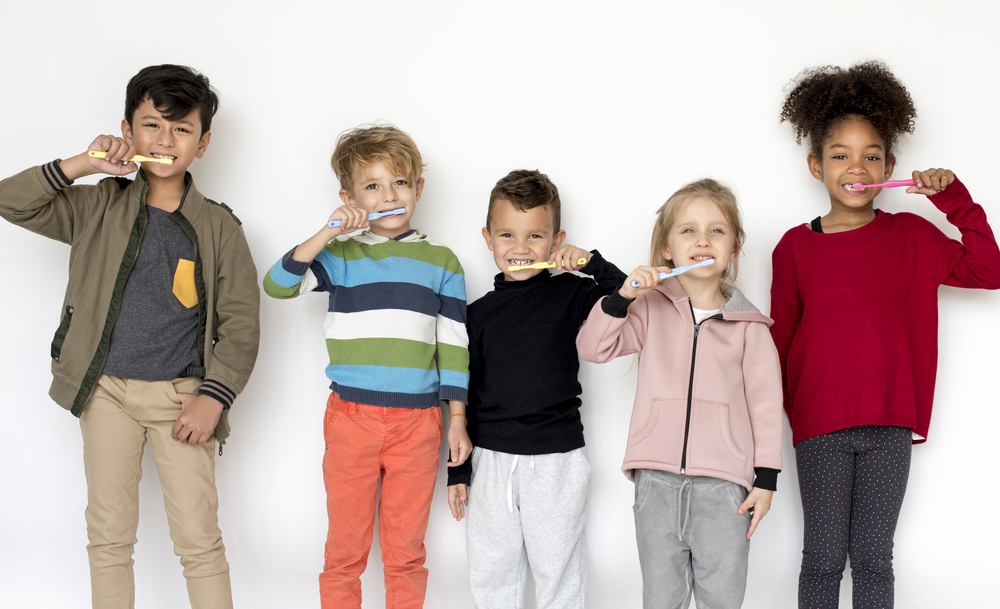Choosing a toothbrush — it’s a seemingly simple task that can leave you standing in the pharmacy aisle for a half hour! Your child should be using their toothbrush for at least two minutes, two times per day. How effectively they are able to brush their teeth depends largely on the technique they use to brush — but the toothbrush they have is also important. Not only are some brushes better at cleaning and safer for the teeth and gums, but having a brush they like makes your child more likely to take good care of their teeth.
So how do you go about choosing a toothbrush for your little one? Here are a few tips to steer you in the right direction.
1. Look for the ADA Seal
The American Dental Association will only put its seal of acceptance on toothbrushes that meet certain standards for safety and efficacy. If a toothbrush carries the ADA seal, that means it has been independently evaluated and has met these standards. This should be the first thing you check for when choosing a toothbrush for your child. (Check for the ADA seal on toothpaste, floss, and other dental essentials, too!)
2. Soft Bristles Are Best
Bristles that are too hard can wear down the enamel on your child’s teeth. Those hard bristles are also harder on the gums, which could make your child’s mouth sore. When their mouth is sore, they’re not going to be motivated to brush their teeth. Most ADA-accepted toothbrushes are clearly labeled, so you should have no trouble finding one for which the label says “soft bristles.” If you’re worried that the soft bristles won’t clean your child’s teeth effectively, don’t be. It doesn’t take much friction at all to scrub away plaque. Brushing technique is far more important than the toughness of the bristles.
3. Consider Age When Choosing a Toothbrush
The younger the child, the smaller the brush head should be. A five-year-old, for example, will need a toothbrush with a smaller head than a 17-year-old. Many children’s toothbrushes are labeled with recommended age ranges, and as long as the toothbrush is ADA-approved, you can generally rely on these recommendations when shopping. If your child has a small mouth for their age, it is best to size down.
4. Let Them Pick Their Color
As the parent, you should be the one choosing the brand and size of toothbrush for your child. However, letting them choose their own color helps them feel more involved in the toothbrush selection process, which may make them more excited to use their toothbrush. Some kids’ toothbrushes even feature cartoon characters, which can make them even more enticing.
All in all, the right toothbrush for your child is an ADA-approved one with soft bristles, a head small enough for them to use comfortably, and a color they love. When choosing a toothbrush, consider buying an extra so you don’t forget to replace it in 3 months! Happy brushing.
